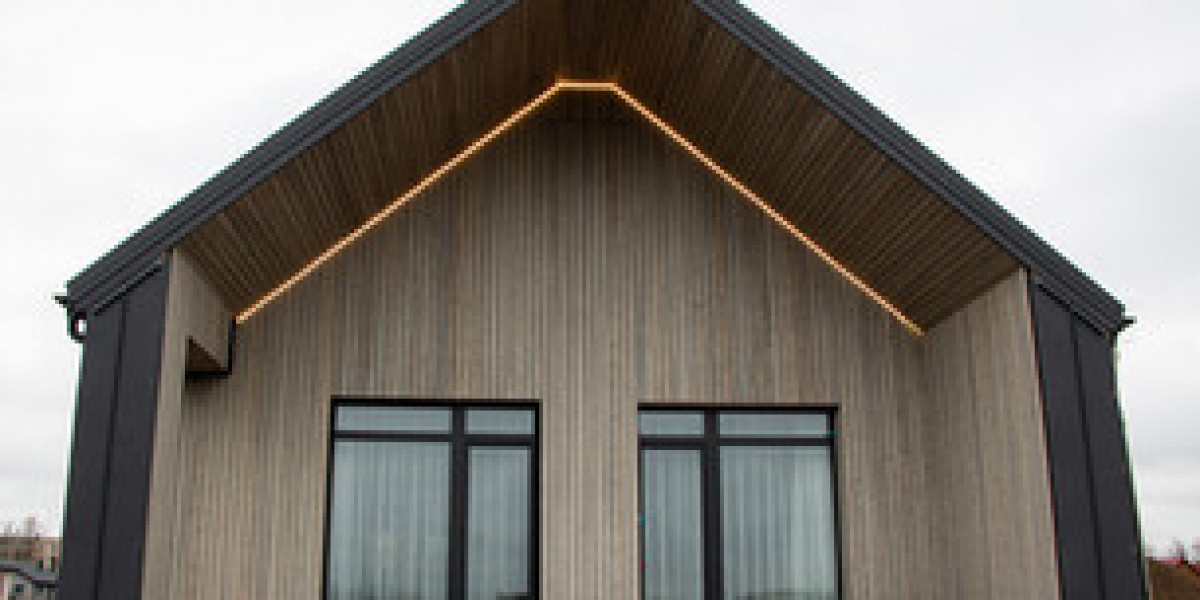In the modern world, sustainability has become a critical focus in construction and architecture. With the increasing demand for environmentally responsible materials, Accoya wood stands out as a revolutionary product that combines exceptional performance with a commitment to sustainability. In this blog, we explore how Accoya wood supports a greener future in construction, its unique properties, and why it is a game-changer for sustainable building practices.
What is Accoya Wood?
Accoya wood is a high-performance, modified timber made through a process called acetylation. This advanced technique enhances the natural properties of wood, improving its durability, stability, and resistance to decay. Made from sustainably sourced softwoods, Accoya is an eco-friendly alternative to traditional building materials, offering a balance between functionality and environmental responsibility.
Sustainable Sourcing
A key factor that makes Accoya wood a sustainable choice is its sourcing. The wood used to produce Accoya comes from fast-growing, FSC®-certified (Forest Stewardship Council) trees. These trees are grown in responsibly managed forests, ensuring minimal environmental impact. By using fast-growing species like radiata pine, Accoya helps reduce pressure on slow-growing hardwood forests, which are often at risk of deforestation.
Low Carbon Footprint
Accoya wood has a significantly lower carbon footprint compared to traditional building materials like concrete, steel, or aluminum. The production process emits less greenhouse gas, and the wood itself acts as a carbon sink, sequestering carbon dioxide throughout its lifespan. Moreover, the longevity of Accoya wood means it requires less frequent replacement, reducing the overall environmental impact over time.
Durability and Longevity
One of the standout features of Accoya wood is its unmatched durability. The acetylation process modifies the wood’s cellular structure, making it highly resistant to rot, decay, and insect attack. This durability ensures that structures made from Accoya wood last significantly longer than those made from untreated timber or other materials. Longer-lasting materials translate to reduced resource consumption and waste, supporting a more sustainable construction cycle.
Improved Dimensional Stability
Accoya wood’s exceptional dimensional stability is another feature that contributes to sustainability. It resists swelling, shrinking, and warping, even in challenging weather conditions. This stability reduces the need for maintenance, repainting, or repair, further lowering the environmental impact over the product’s lifecycle. Additionally, this makes Accoya an ideal choice for applications in extreme climates, such as coastal regions where humidity and salinity can cause traditional materials to deteriorate rapidly.
Non-Toxic and Safe
Unlike many treated woods that rely on chemicals to enhance performance, Accoya wood is non-toxic. The acetylation process does not involve harmful substances, making it safe for use in a variety of applications, including indoor and outdoor environments. At the end of its life, Accoya wood can be safely recycled or disposed of without releasing pollutants into the environment.
Energy Efficiency
Accoya wood’s superior thermal insulation properties contribute to energy efficiency in buildings. Its low thermal conductivity helps maintain stable indoor temperatures, reducing the need for heating or cooling. This energy efficiency not only lowers utility costs but also reduces the carbon emissions associated with energy use, further supporting sustainable living.
Versatility in Applications
From cladding and decking to windows and doors, charred accoya wood’s versatility makes it suitable for a wide range of construction applications. Its natural beauty and ability to hold finishes enhance aesthetic appeal, while its structural integrity ensures it meets the demands of modern architecture. By replacing less sustainable materials with Accoya in various projects, builders and designers can significantly reduce their environmental footprint.
Circular Economy and End-of-Life Benefits
Accoya wood supports the principles of a circular economy, where products are designed to minimize waste and maximize resource efficiency. Since it is biodegradable and recyclable, Accoya contributes to reducing landfill waste. Moreover, its long lifespan ensures that fewer resources are required for replacements, aligning with the goal of sustainable construction.
Certifications and Environmental Credentials
Accoya wood has earned several certifications that underscore its commitment to sustainability. These include:
FSC® Certification: Ensures that the wood comes from responsibly managed forests.
Cradle to Cradle Certified™ Gold: Recognizes Accoya’s circular economy benefits and non-toxic nature.
Carbon Trust Certification: Verifies its low carbon footprint.
These credentials give builders and architects confidence that they are choosing a product with proven environmental benefits.
Pioneering the Future of Green Building
As the construction industry continues to prioritize sustainability, Accoya wood represents a pivotal step forward. Its combination of durability, environmental responsibility, and versatility makes it a valuable asset for green building projects. By choosing Accoya, architects and builders can create structures that are not only beautiful and functional but also aligned with the principles of sustainability.
Conclusion
Accoya wood exemplifies how innovation and sustainability can work hand in hand to create materials that support a greener future. Its eco-friendly production, long lifespan, and exceptional performance make it a superior choice for environmentally conscious construction. As we strive to build a more sustainable world, products like Accoya wood will play a crucial role in shaping a better, greener future.










